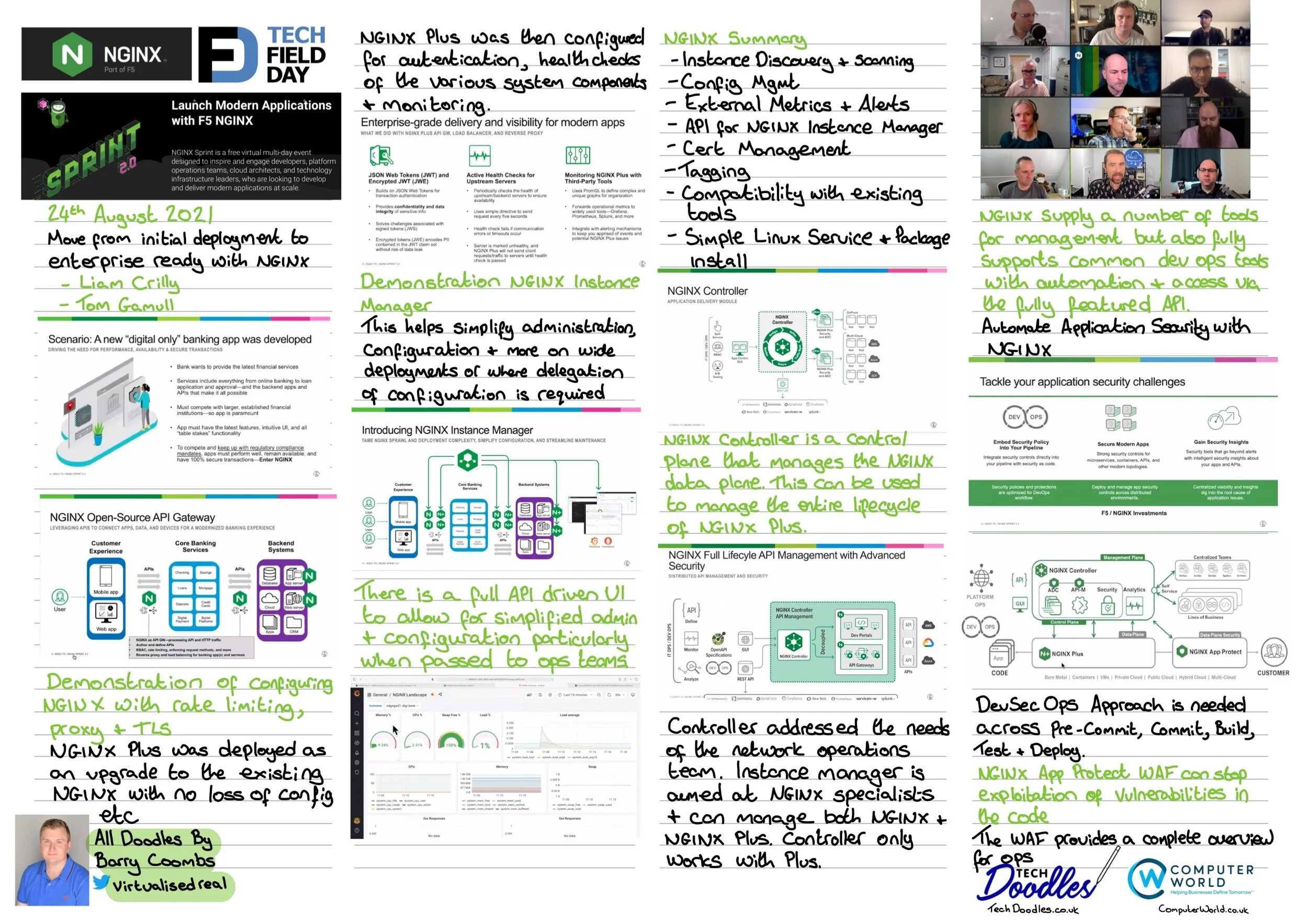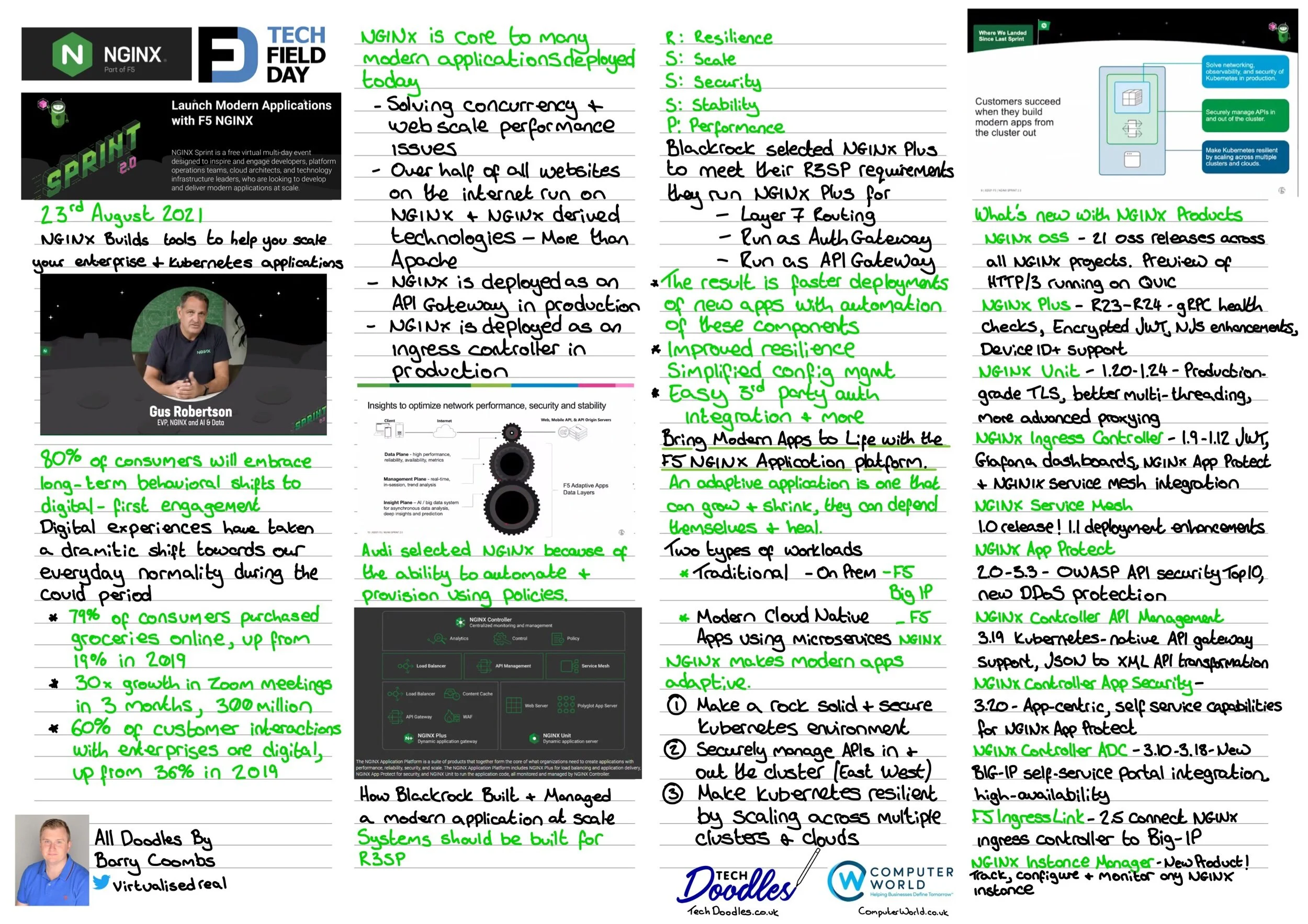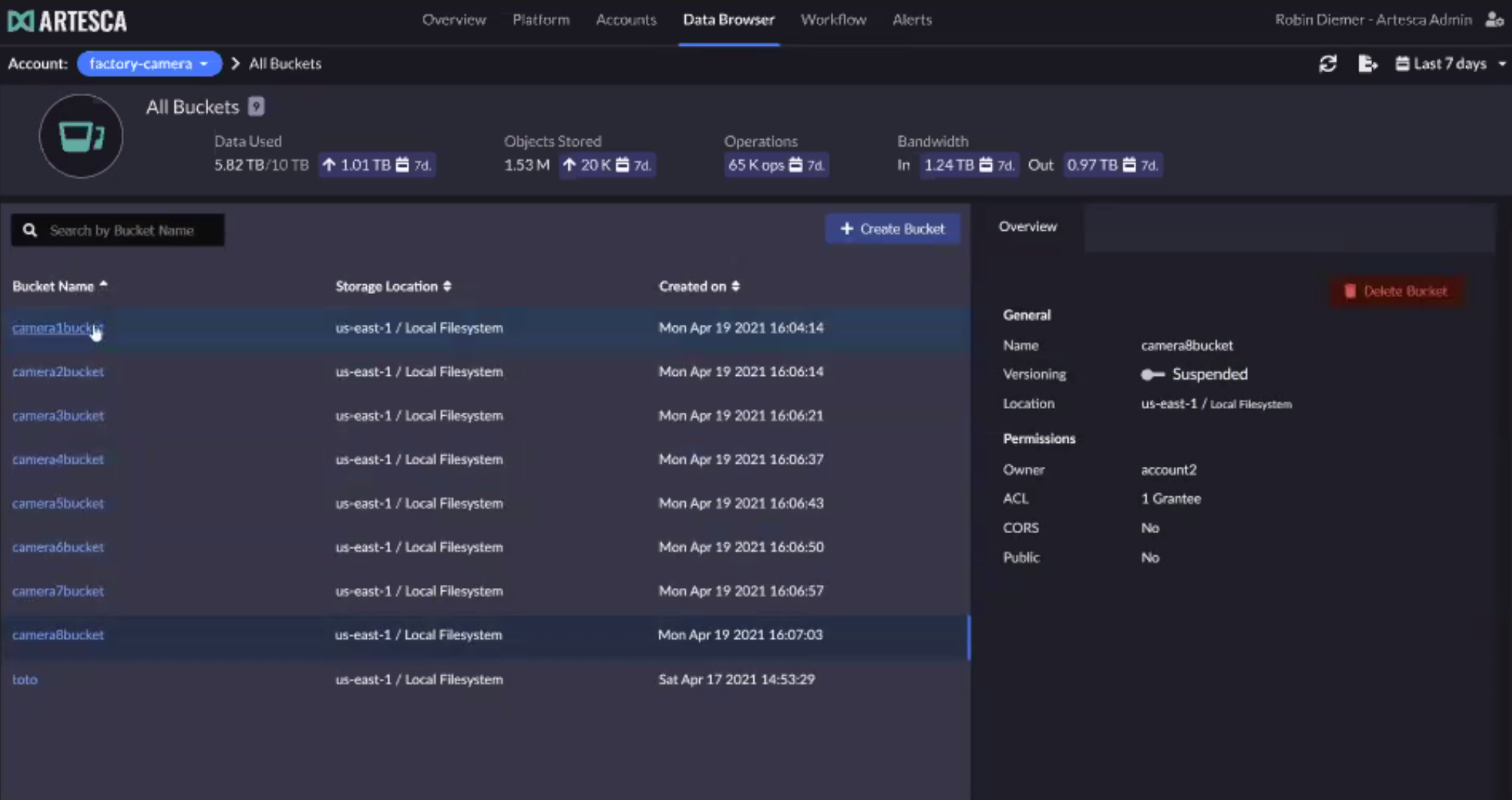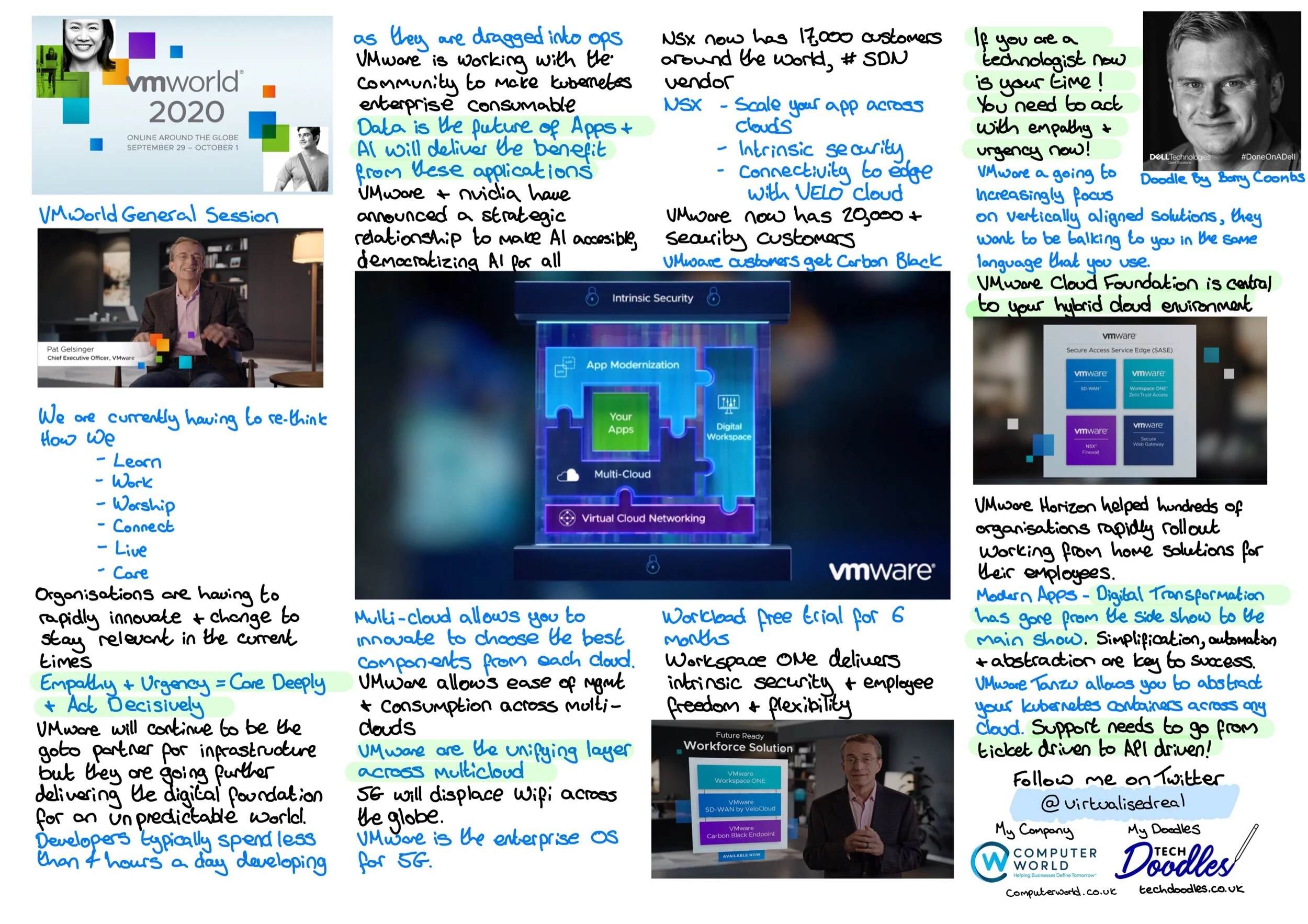Here is my third and final doodle from the F5 NGINX Sprint 2.0 event that I have been attending with the Tech Field Day Delegates.
During the sessions the specialists at NGINX ran the journey of modernising enterprise applications incorporating the components with NGINX including, NGNIX, NGINX Plus, NGINX App Protect, NGINX Instance Manage, Contoller and much more
I’ve enjoyed learning about NGINX and the NGINX portfolio during the Sprint 2.0 event. I hadn’t previously had much experience with NGINX, and now after Sprint 2.0, I understand how enterprise organisations are using NGINX’s open source applications and commercial applications to solve day two operational issues.
I think it is excellent for NGINX and their customers that there will be further investment and focus on open source products and engagement. This is clearly an area that attracts new customers through the developer community but then drives new customers to the commercial products when day 2 problems need to be solved by the operations team.
I was also particularly impressed by the F5 integration in the portfolio with technologies such as App Protect but as well as this there is claear delination between NGINX and F5 Big-IP with Big-IP focusing on traditional applications and NGINX on modern adaptable applications.











